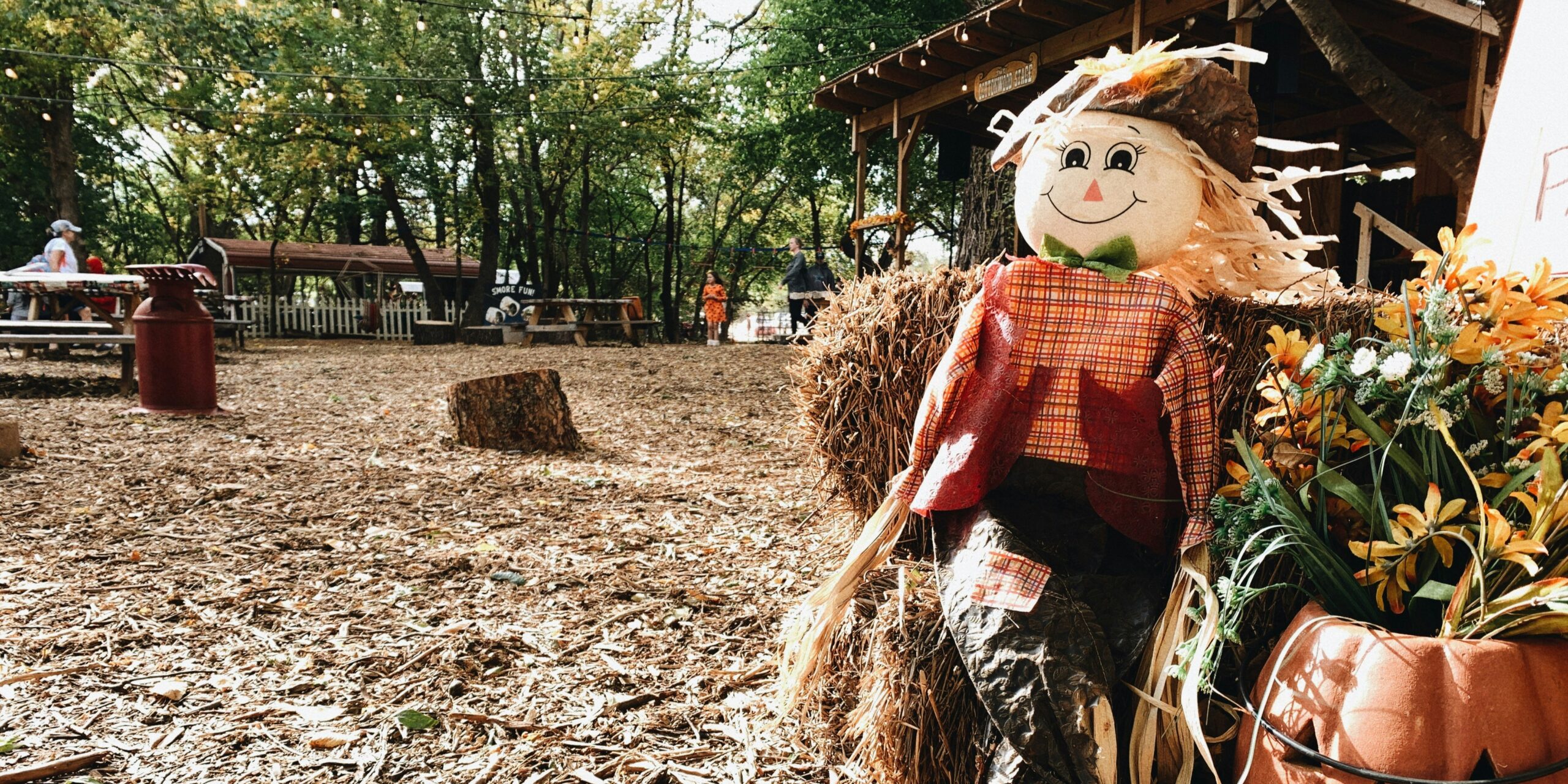California’s sunny slopes and diverse valleys are now internationally synonymous with exceptional wine. However, the state’s journey to viticulture fame is one of perseverance, innovation, and a dash of serendipity. From humble origins in Spanish missions to its status as a global wine powerhouse, the history of California wine is a testament to ambition and adaptability.
The Mission Era: Planting the Seeds
Spanish missionaries planted the first grapevines in California during the 18th century with a simple goal: producing sacramental wine. The Mission grape, while not known for fine winemaking, established the foundation for California’s relationship with the vine. This period saw viticulture expand across California as missions were established.
The Gold Rush and a Growing Thirst
The California Gold Rush of the mid-1800s brought a surge in population and a corresponding thirst for wine. Enterprising European immigrants began planting familiar wine grapes from their homelands. Figures like Agoston Haraszthy, the “Father of California Viticulture,” experimented extensively, introducing hundreds of European grape varieties in a quest to elevate California’s winemaking potential.
Expansion and Setbacks
In the late 19th and early 20th centuries, the California wine industry saw growth and recognition. Wineries like Buena Vista and Charles Krug were founded, building a reputation for quality. However, setbacks loomed. The vine-destroying Phylloxera insect devastated vineyards, followed swiftly by Prohibition, which brought the burgeoning industry to its knees.
Post-Prohibition Revival
The repeal of Prohibition in 1933 sparked a slow but determined revival. It took decades for California to regain momentum, with a focus on replanting and improving viticulture techniques. University programs like UC Davis played a crucial role in driving research and innovation during this rebuilding phase.
The Judgment of Paris: A Turning Point
A pivotal moment for California wine came in 1976 with the “Judgment of Paris.” In a blind tasting, a panel of respected French wine experts shockingly ranked California Cabernet Sauvignon and Chardonnay above prestigious wines from Bordeaux. This sent shockwaves through the wine world, putting California on the map as a force of quality winemaking.
Innovation and Evolution
The decades following the Judgment of Paris saw an explosion of growth for California wine. New wine regions like Napa Valley and Sonoma gained global acclaim. California winemakers embraced experimentation, successfully cultivating a wider range of grape varieties and wine styles. This led to the iconic blends and expressions that are hallmarks of the state’s wine scene today.
Challenges and Sustainability
As with any agricultural powerhouse, California wine faces ongoing challenges. Climate change, drought, and water management are significant concerns for the industry. Sustainability movements have gained traction, with many wineries adopting environmentally conscious practices to ensure the industry’s future.
California Wine Today
California is a wine titan, responsible for approximately 80% of US wine production. Its diverse regions produce an astounding range, from world-class Chardonnay and Pinot Noir to bold Cabernet Sauvignons and cult Zinfandels. While Napa and Sonoma hold iconic status, emerging regions like Paso Robles and Santa Barbara County are gaining recognition for their exceptional wines.
The story of California wine is far from over. Driven by innovation, a respect for tradition, and a favorable climate, the state continues to evolve, shaping not only its own viticulture legacy but influencing wine trends around the globe.




